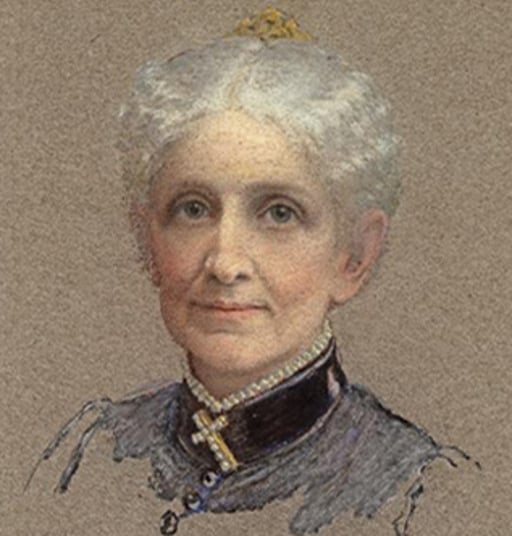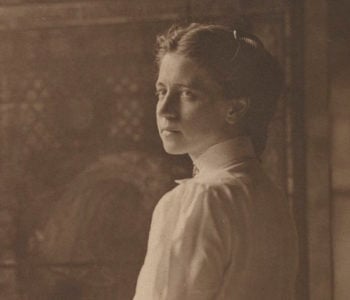Reorganizing the Church of Christ, Scientist
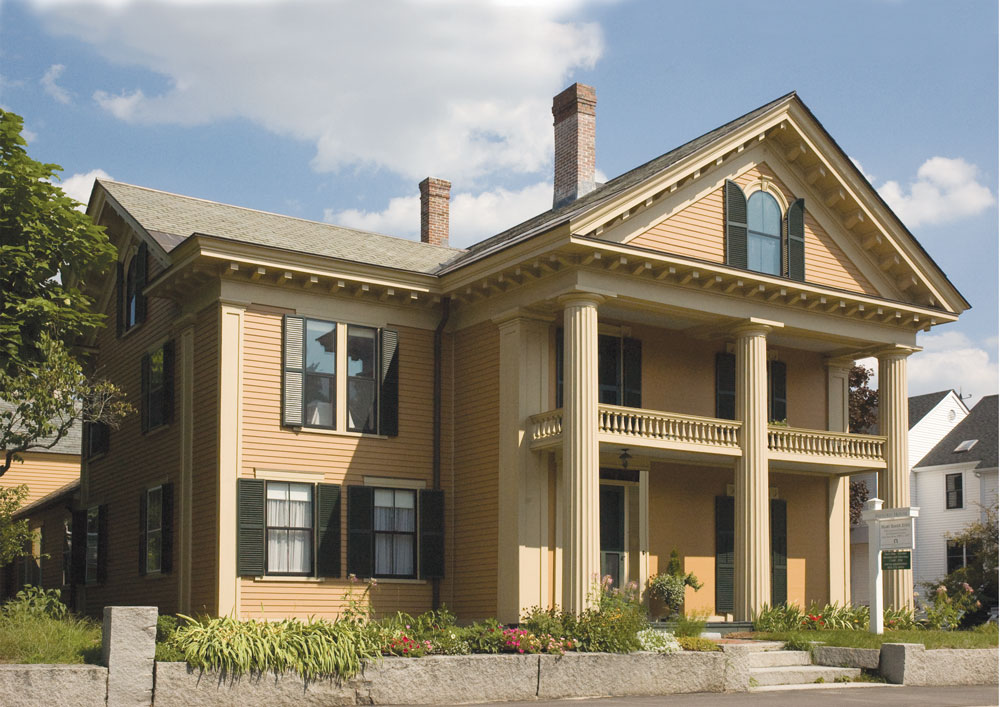
In 1889, Mrs. Eddy left Boston and settled in Concord, New Hampshire, in a rented house at 62 North State Street. After two decades of strenuous labor in Lynn and Boston, she felt the time had come to step back from the incessant demands upon her time so that she could address other needs.
First, she needed to revise Science and Health. Next, she needed to give thought to protecting her discovery through reforming and improving the organizations she had established.
She began by dismantling them. She resigned from her position as pastor of the church in Boston. (She has subsequently been referred to as Pastor Emeritus.) She then dissolved her own students’ organization (the Christian Scientist Association), closed the Massachusetts Metaphysical College, and instructed the National Christian Scientist Association to adjourn its annual meetings for three years. Finally, she dissolved the formal government of the Church of Christ (Scientist) in Boston. The church continued, with her encouragement, to hold Sunday services, retain preachers, and conduct other meetings.
These steps cleared the way for her to complete a landmark revision of Science and Health – the fiftieth edition, issued in January 1891. This was followed by a short volume, Retrospection and Introspection, an account of the meaning of her own life and work.
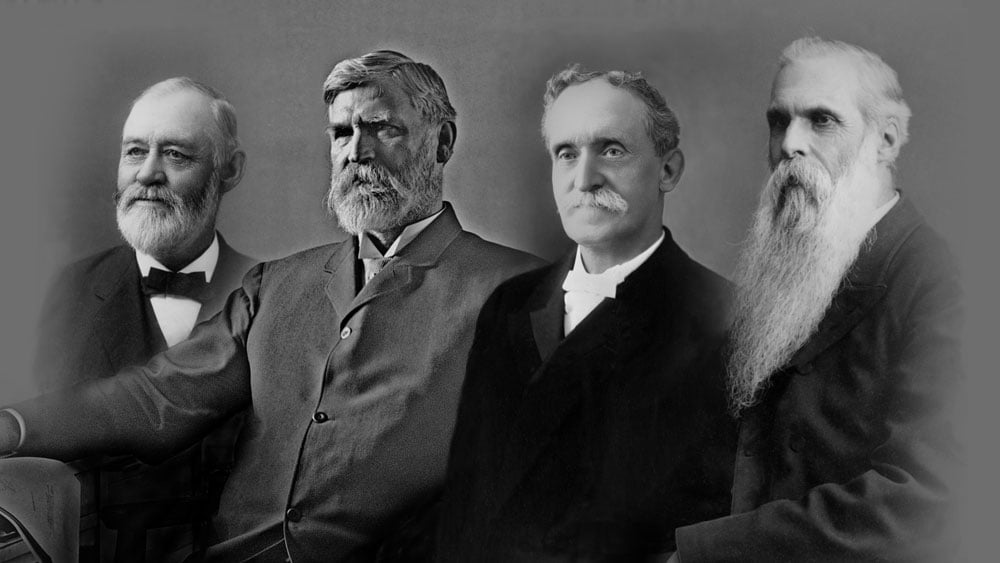
In 1892, Mrs. Eddy turned to reorganizing her church. She signed a Deed of Trust which created the Christian Science Board of Directors as “a perpetual body or corporation”1 for the purpose of building a church edifice and conducting church business.
Under her leadership, with the Board responsible for its day-to-day activities, the church was reorganized as The Mother Church, The First Church of Christ, Scientist, in Boston, Massachusetts. Local churches were to be branches of The Mother Church. Today there are branch churches in countries around the world.
Building the Mother Church edifice
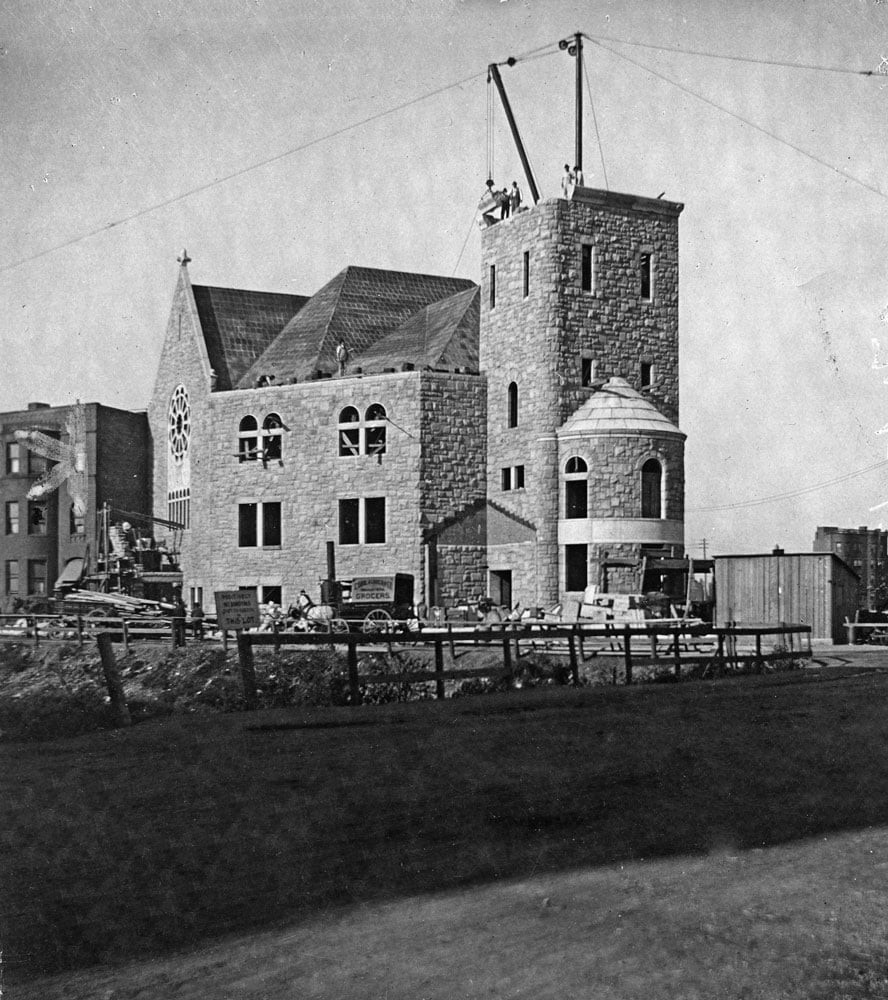
Construction of a church edifice for The Mother Church in Boston met with many obstacles and delays. Finally, at their Leader’s direction, the Christian Science Board of Directors laid the cornerstone in a quiet ceremony on May 21, 1894.
Just seven months later, on the last Sunday in December, the first service was held in the new building, later to be known as the “Original Edifice.”
Mrs. Eddy’s church, which had started in her living room in Lynn with folding chairs for a handful of people, now required seating for a thousand.
Church Manual of The First Church of Christ, Scientist
In 1895, after completion of the church edifice, she published the Church Manual of The First Church of Christ, Scientist (or Manual of The Mother Church), setting down rules of governance and standards of conduct for members.
She continued to revise and update the Manual as events required. The final and definitive Church Manual was approved by Mrs. Eddy and published as the 89th edition, December 17, 1910.
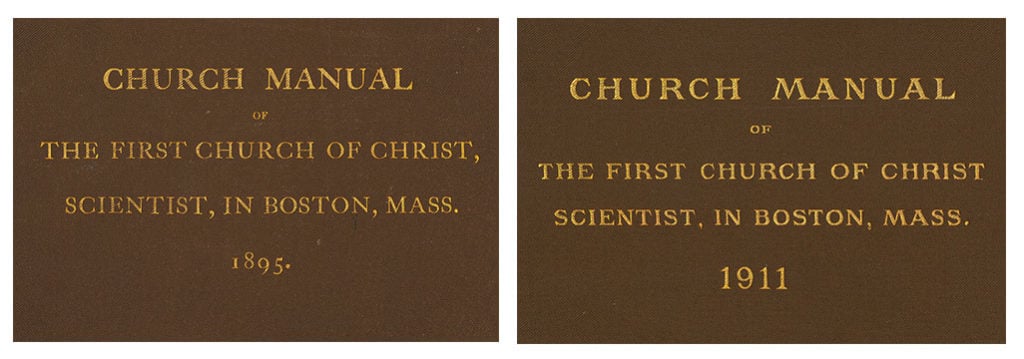
A Christian Science pastor
In 1879, the tiny congregation in Lynn called Mrs. Eddy to be their Pastor. She held that post in Lynn and then in Boston. Ten years later, with a growing congregation, she resigned the pastorate when she left Boston. For the time being, others continued to preach in her church.
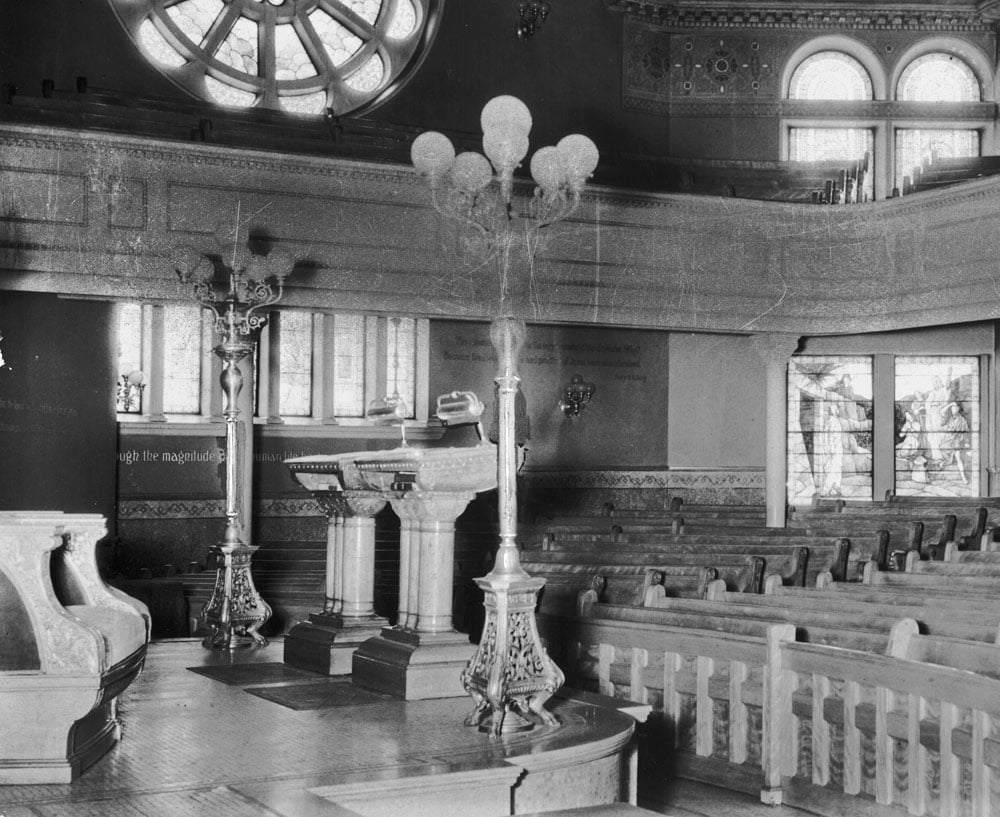
In 1894 and 1895, Mrs. Eddy ended the era of personal preaching in Churches of Christ, Scientist, worldwide. In 1895, she ordained the Bible and Science and Health with Key to the Scriptures as Pastor of The Mother Church and its branches.
Henceforth, congregations in Christian Science churches would hear a very different kind of sermon: two lay people reading passages selected from the Bible and Science and Health. Selections from these books would comprise Lesson-Sermons on 26 subjects, a list drawn up by Mrs. Eddy after lengthy consideration. Published quarterly, the Lesson-Sermons are studied during the week by Christian Scientists around the globe.
Year of accomplishments
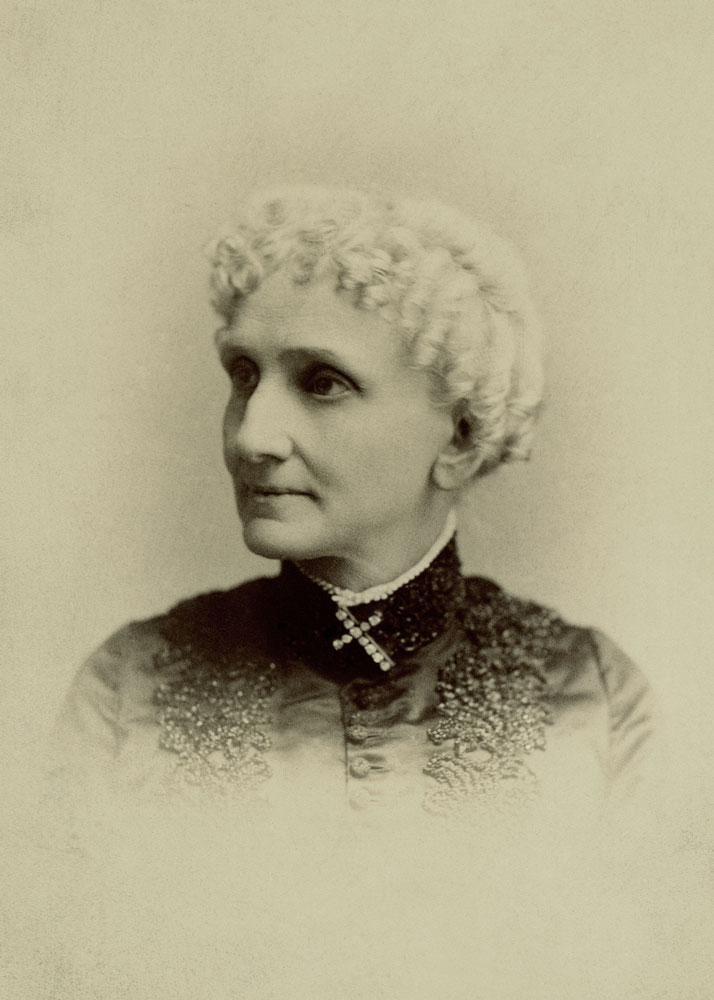
At the end of 1898, now in her 78th year, Mrs. Eddy wrote to a student: “I have wrought day and night this year to make way for our church and a systematic order of action in the departments of Christian Science.”2
She had indeed. What she had wrought was the church’s organizational structure, which endures to this day:
- Christian Science Board of Lectureship established to present Christian Science to the public.
- Christian Science Publishing Society established by Deed of Trust.
- Christian Science Board of Education established for authorizing teachers of Christian Science.
- Twenty-six topics for weekly Lesson-Sermons instituted.
- Open meetings with testimonies of Christian Science healings moved from Friday to Wednesday evening.
- Sermon on the 91st Psalm preached to a filled Christian Science Hall in Concord, N.H.
- Christian Science Sentinel (initially called Christian Science Weekly) first published.
- Last class instructed by Mrs. Eddy taught to nearly 70 invited students, gathered at Christian Science Hall in Concord.
- Christian Science Committee on Publication established to correct errors in the press about the religion and its Leader.
- “Christmas Hymn” (her poem, “Blest Christmas morn . . .”) published.
Into the 20th century – The Mother Church Extension
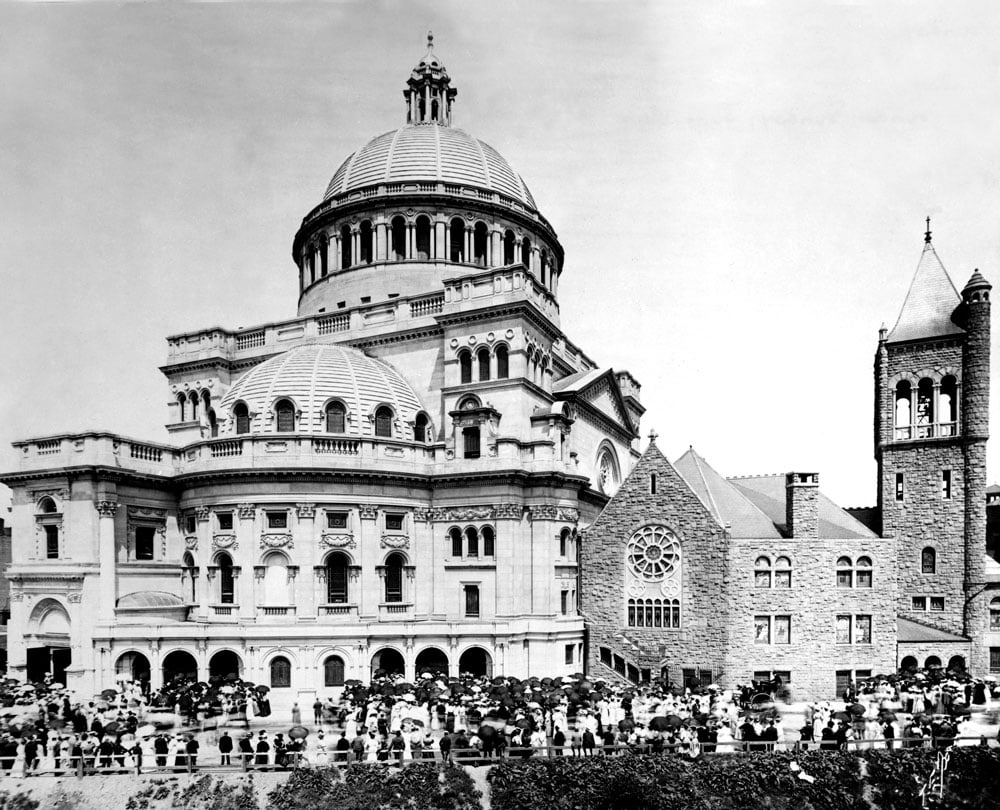
At the turn of the century, just eight years after building the Original Edifice, three services each Sunday could not accommodate the growing congregation. In 1902, Christian Scientists at their Annual Meeting pledged to raise money to erect a large “extension” to the church.
In 1906, the first services were held in The Mother Church Extension, whose dome towered above the original edifice. Under that dome, the pews could seat a congregation of some five thousand.
In the face of the church’s impressive growth in the new century, Mrs. Eddy cautioned about glorying in numbers. She prohibited The Mother Church and its branches from publishing numbers of congregants.
A very public figure
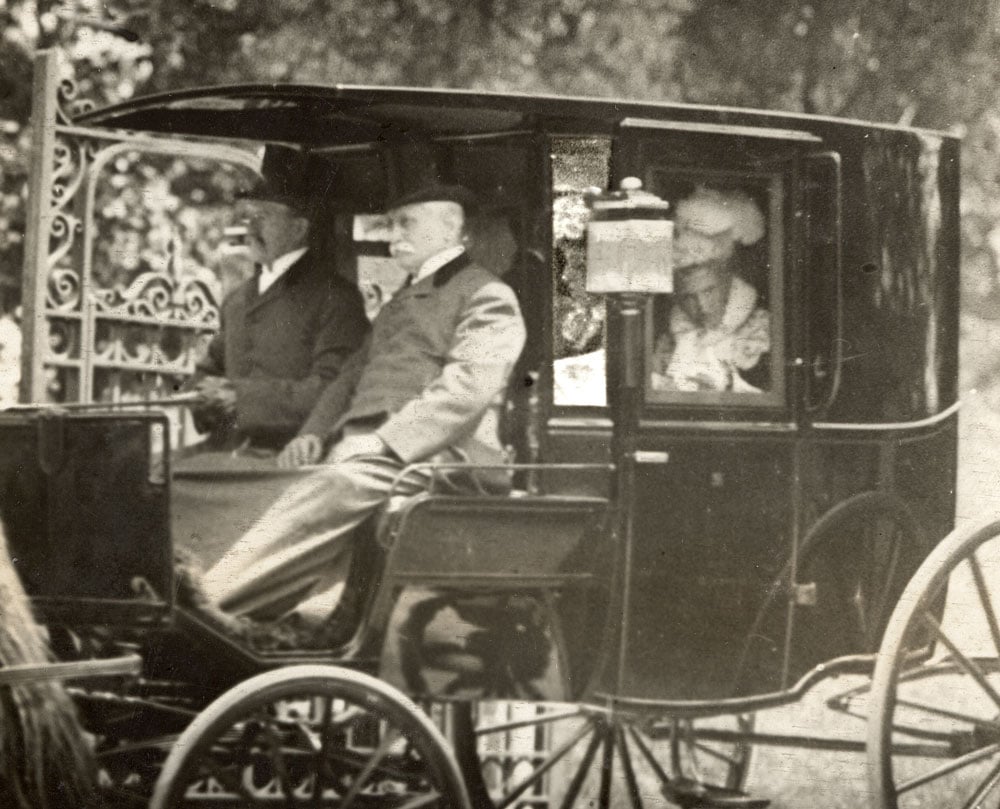
By 1900, Mary Baker from the Baker farm at Bow had become, in the eyes of the public, the celebrated Mary Baker Eddy of headline fame. Newspapers and magazines sought her views on every conceivable topic. Her every move made news.
Occasionally she did choose to come forward publicly, addressing Christian Scientists, writing for the general media, granting a few interviews to leading journalists. In addition, she could be seen every day in her carriage as she was driven around Concord and later Chestnut Hill, Massachusetts – very much the public figure her position required.
But she turned aside popular focus on her personality. A journalist who interviewed her reported: “It was . . . explained that she wished to discourage personal adulation as much as possible, and to direct the thoughts of those who accept her teachings to the faith rather than the Founder of the denomination.”3
She pointedly directed her followers away from venerating her to trusting God. She instructed: “I again repeat, Follow your Leader, only so far as she follows Christ.”4
A very private life
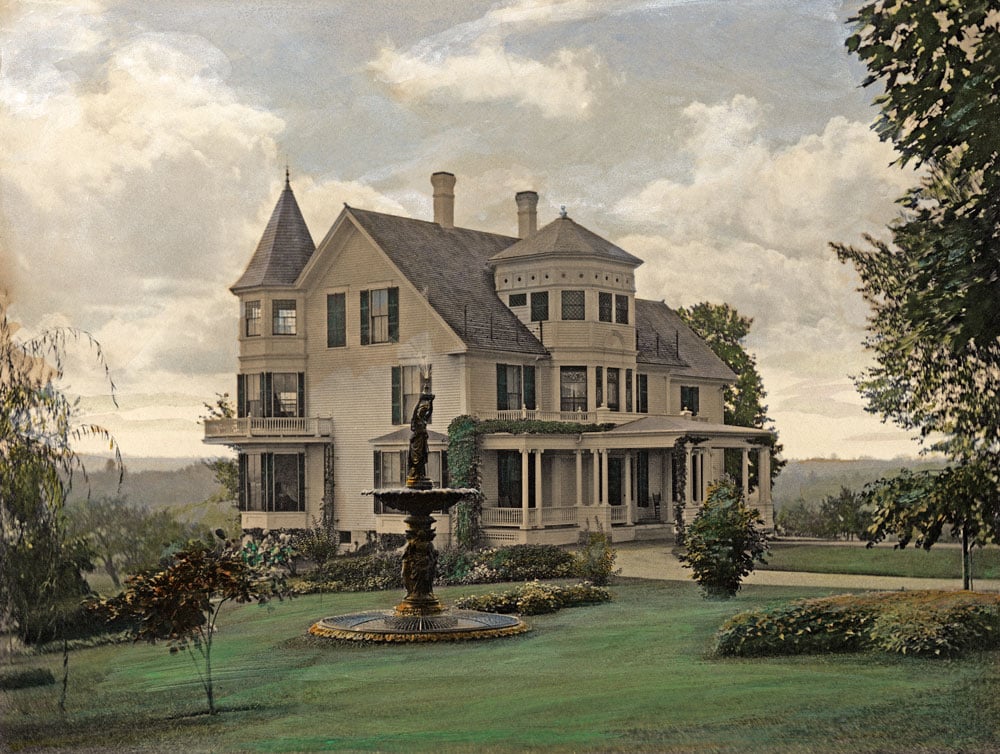
Despite occasional public appearances, the Leader of Christian Science led an increasingly private life, out of the limelight, in her home at Concord, New Hampshire, and later at Chestnut Hill, Massachusetts.
In 1891, after living for two years in a leased house in downtown Concord, Mrs. Eddy was seeking privacy, peace, and quiet. She found what she was looking for in a more secluded farmhouse on Pleasant Street at the outskirts of the city. She purchased it, remodeled it to accommodate herself and her growing household, and named it “Pleasant View.” In June 1892, she moved in, and would live here for the nearly 16 eventful years that followed.
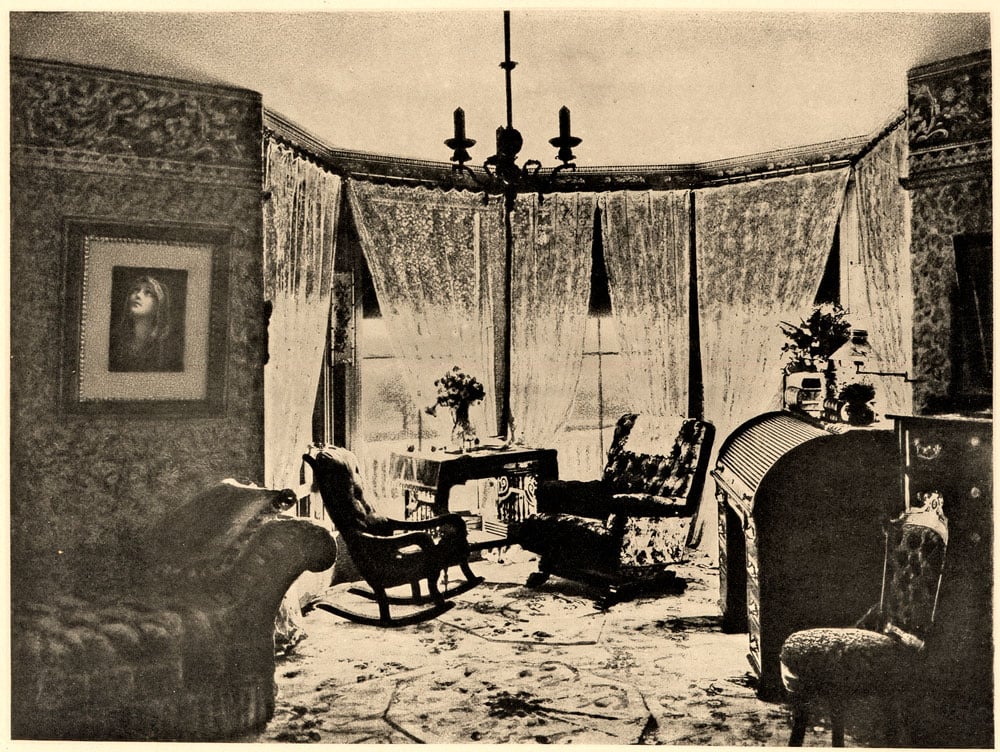
The center of that home was her private study, which one staff member called her “work room.”5 Seven days a week in this room, her time was devoted to work and prayer for her Cause.
Snapshots at Pleasant View show her writing intently, seated in a large easy chair beside a desk piled with reference books, work in progress, pens, ink, a vase of pencils. Behind her, a bookcase is stuffed with manuscripts and other papers.
Author at work
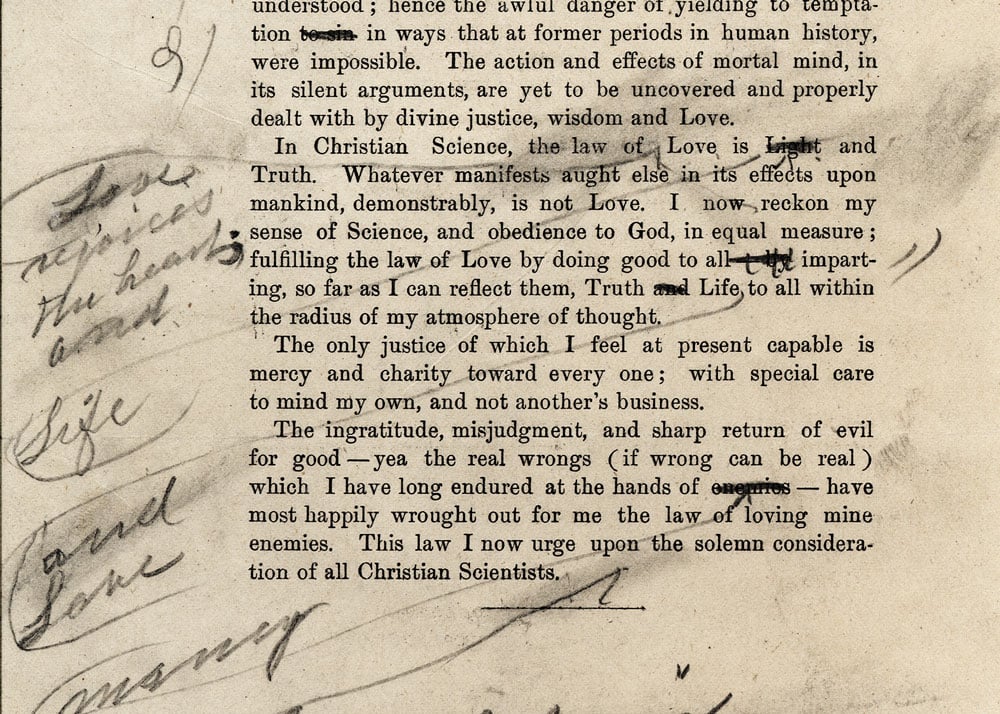
Mary Baker Eddy was a prolific writer. She had written for publication for years before her discovery of Christian Science in 1866. From that year onward, words poured from her.
There were scores of articles, sermons, poems, pamphlets, and books – notably, her textbook of Christian Science healing, Science and Health with Key to the Scriptures, with its repeated revisions. And there was her voluminous correspondence – literally thousands of letters.
She dictated to secretaries or wrote in pencil or pen in an energetic, fast-flowing hand on a lap desk. She would edit and revise a draft “until often it was lined and interlined from beginning to end,”6 according to one of her helpers.
In addition to authoring her own works, she formed a publishing company and established weekly and monthly Christian Science magazines, as well as a newspaper, The Christian Science Monitor, still a respected international news organization today.
Family matters
Within her home and headquarters she was assisted by a small household of helpers, including secretaries, metaphysical workers, cooks, housekeepers, and caretakers for her grounds and stable.
Over the years, in Boston, Concord, and Chestnut Hill, about one hundred people worked for varying periods of time in her household. She appreciated the service of her loyal helpers, writing: “The world is better for this happy group of Christian Scientists; Mrs. Eddy is happier because of them; God is glorified in His reflection of peace, love, joy.”7
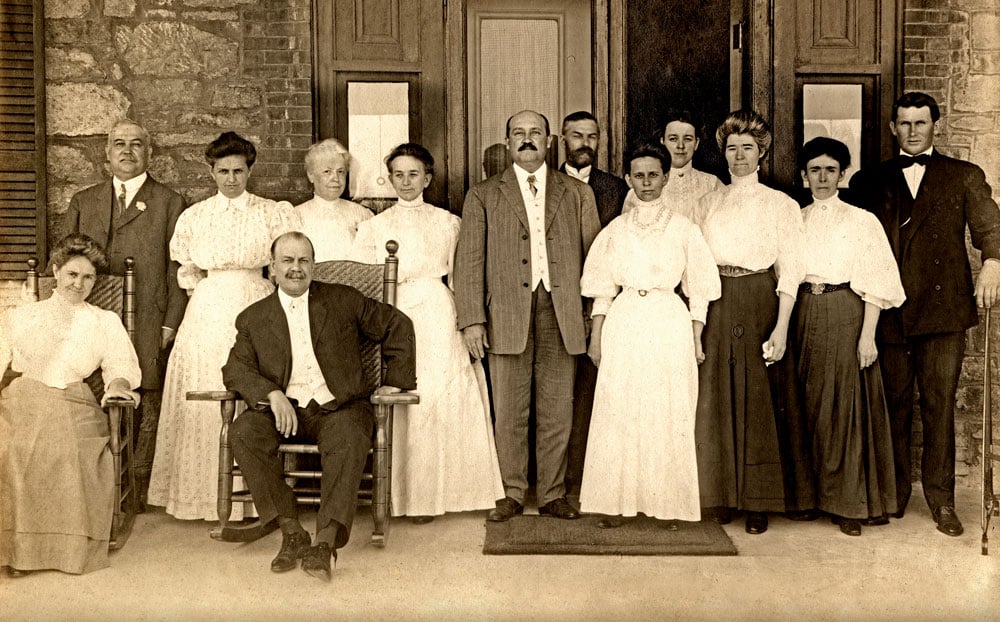
Under attack
Throughout the history of Mary Baker Eddy’s leadership of the Christian Science movement, she was repeatedly the target for attack. Adversaries in the pulpit, the legal bar, the medical fraternity, and the press attempted to tear her down, seeking to discredit her teachings by discrediting her. A number of times she was falsely reported to be ill, incompetent, dying, or dead.
The hostility and ill will directed at her sometimes took a toll on her health. At such times, some members of the household were assigned to pray for her. The effectiveness of their prayers and her own metaphysical work is attested by a remark she made in her 81st year: “True I am battle stained, but still I live and give orders that are blessed and foil the enemy.”8
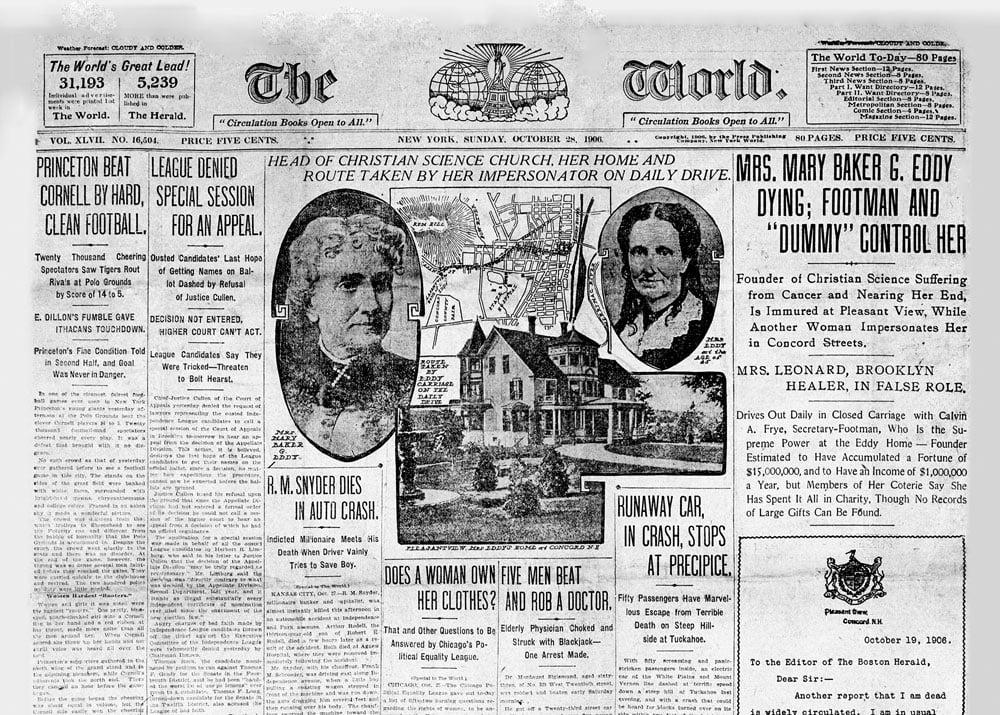
Supporters in pulpits and press
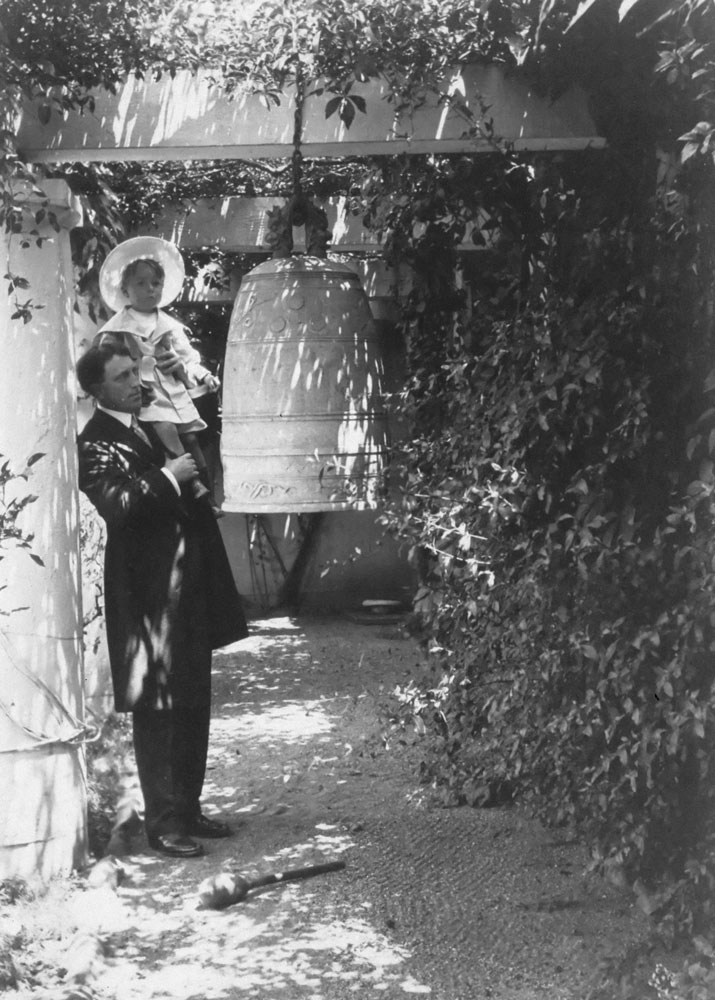
Not all quarters in the pulpits and the press joined in the “Eddy-bashing” which hounded her. For one, the newspapers of publishing magnate William Randolph Hearst took no part in it. There was a personal reason for that.
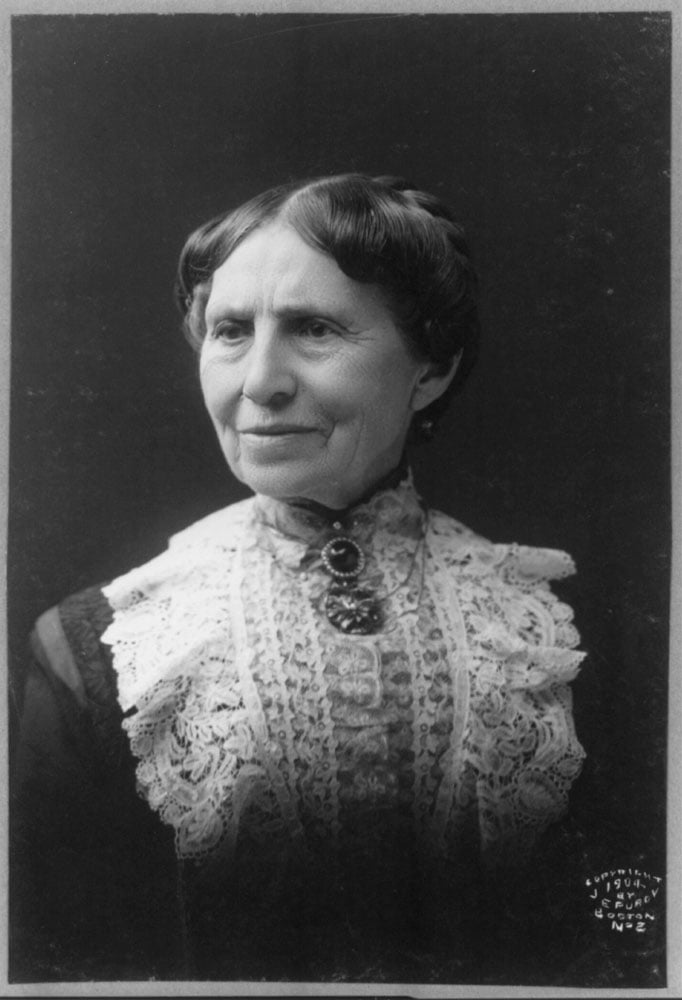
Hearst’s infant son had been born with what was diagnosed as a closed pylorus. Hopelessly ill, the child was wasting away “to an actual skeleton,” according to his father. At that critical point, Christian Science was introduced to the Hearsts. The boy was healed overnight, as Hearst tells it, and years later went on to run the family newspapers “considerably better than his father can.”9 Following that healing, Hearst, Sr., issued orders that his papers were not to publish attacks on Mrs. Eddy or her religion. Indeed, they ran articles that supported her.
Other supporters included the noted author and social reformer Bronson Alcott, father of the author of Little Women; Red Cross founder Clara Barton; famed journalist Arthur Brisbane; and pioneering investigative reporter Sibyl Wilbur, who wrote the first biography of Mrs. Eddy.
A place to call home
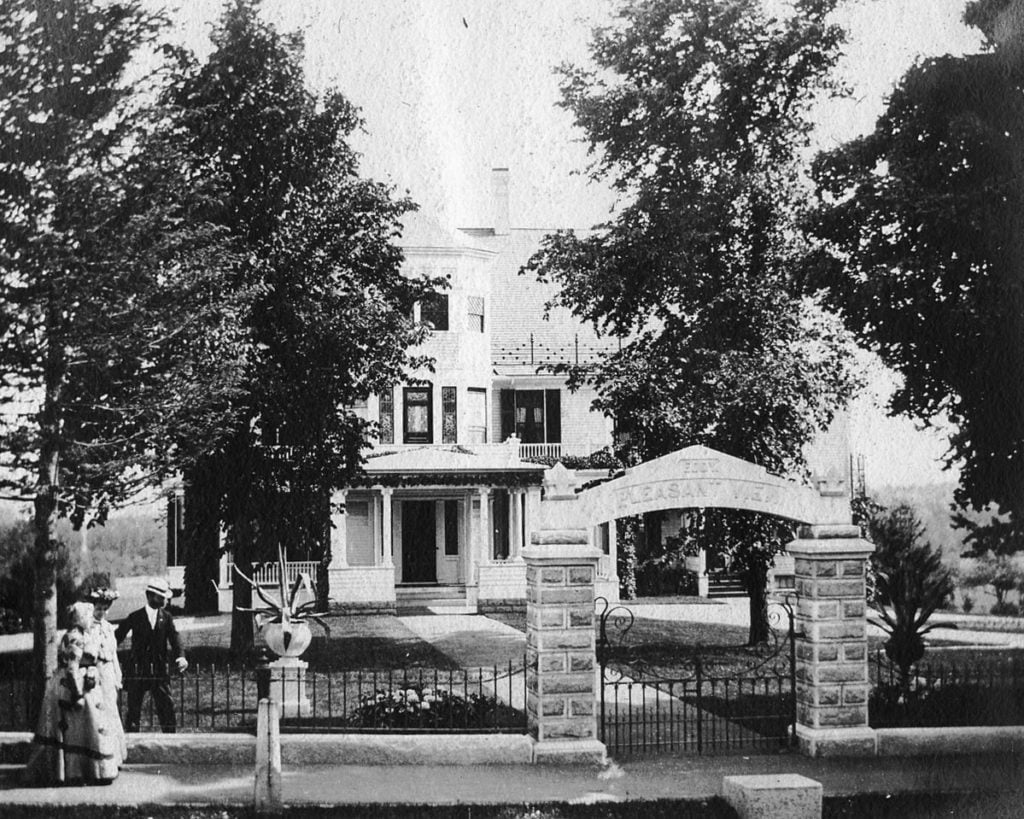
“Home is the dearest spot on earth,” wrote Mrs. Eddy.10 Throughout her adult life she made her home in many places.
She is often identified with Massachusetts. During 25 pivotal years she lived in Massachusetts cities and towns like Lynn, Swampscott, Amesbury, and Stoughton, and the state capital, Boston, where her church is headquartered to this day.
But most of her life, nearly 65 years of it, was lived in her native New Hampshire.
The heart of each home was her study, an intimate room where she could think, pray, study, write, and meet with her staff, church officials, and sometimes other visitors. A 1903 photo shows her seated at her desk, surrounded by household workers. Behind her, sentimental knickknacks and gifts from friends decorate her bureau and hang between the windows.
Return to Boston
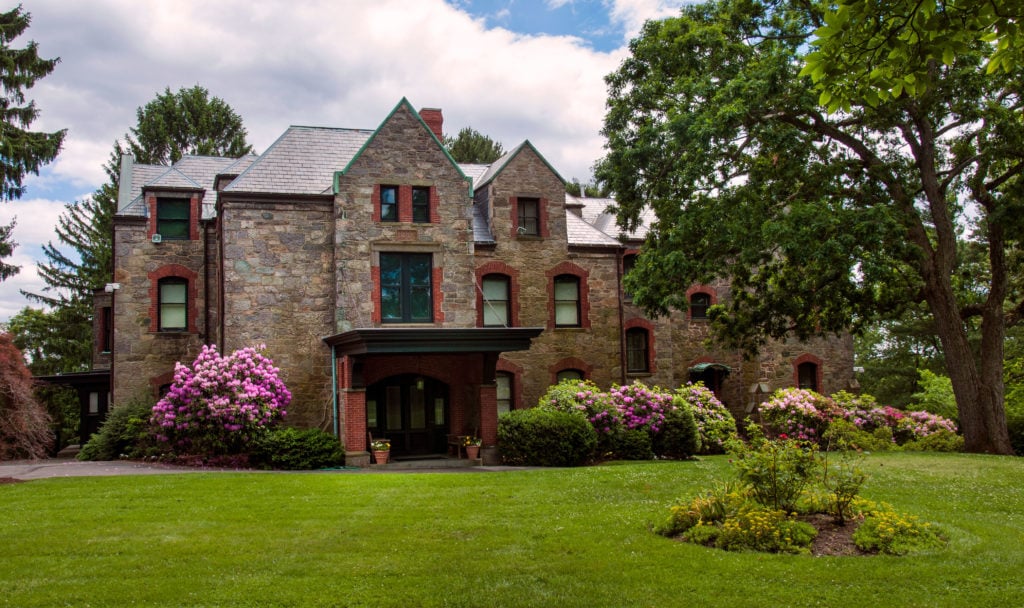
In January 1908, to the surprise of the press — and just about everyone else — Mrs. Eddy moved her entire household from Concord, New Hampshire, to Chestnut Hill, Massachusetts, close to Boston. There, during the next three years, she founded The Christian Science Monitor, provided for Christian Science nursing, settled the succession question, continued revisions to Science and Health and the Church Manual, and completed a compilation of her later writings to be published as The First Church of Christ, Scientist, and Miscellany.
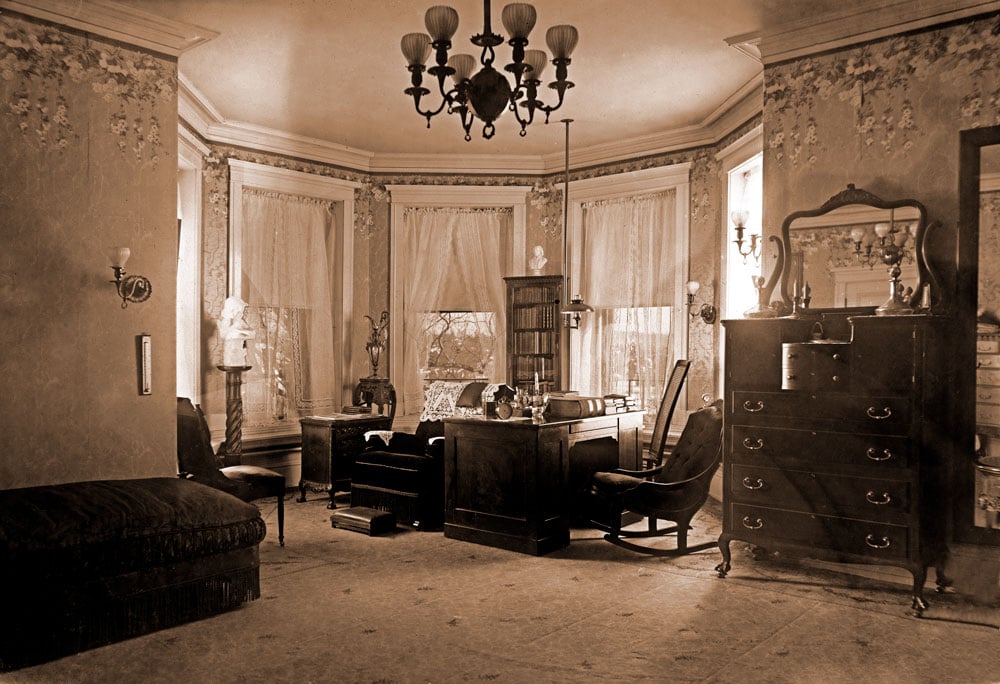
During 1910, Mrs. Eddy authorized a German translation of Science and Health, made revisions to her shorter writings, wrote several articles (including an incisive essay on the proper practice of Christian Science for the September Sentinel), and compiled a small anthology of her selected poems. Now entering her 90th year, although she was withdrawing from day-to-day “hands-on” direction of her church, Mary Baker Eddy was still very much its Leader.
In the last days of November 1910, she was contending with the effects of a severe cold. On the first of December she went for her normal daily carriage ride. When she returned, she retired to the chaise in her study. After a while she called for a pad of paper and pencil, and wrote a single, emphatic sentence: “God is my life.” It was a fitting summary for a life dedicated to that proposition for all mankind.
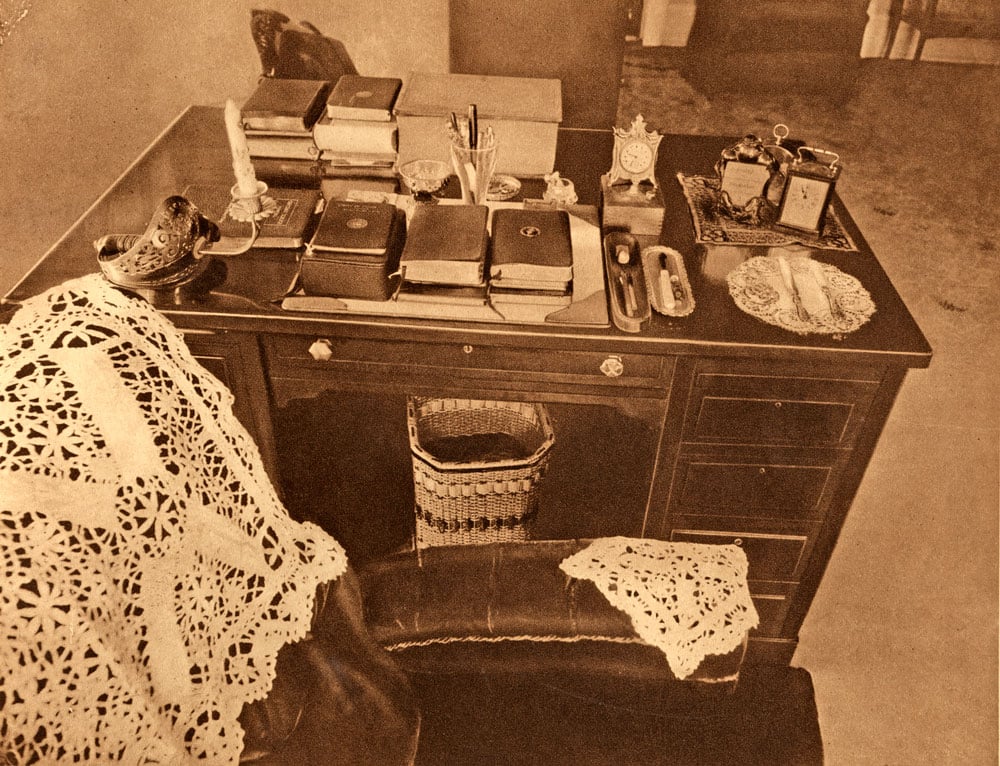
During the evening of December 3, she passed on. A memorial service was held in her home on December 8. Interment was at Mount Auburn Cemetery in Cambridge, Massachusetts, the site now marked by a circle of columns overlooking a small pond.
As part of Mary Baker Eddy’s legacy to the world, the practice of Christian Science has gone on to build a nearly 150-year record of thousands of testimonies of physical healing and moral regeneration — evidence of the continuing effect of her leadership.
As she had written the Christian Science Board of Directors earlier: “If I am not personally with you, the Word of God, and my instructions in the By-laws, have led you hitherto and will remain to guide you safely on. . . .”11
